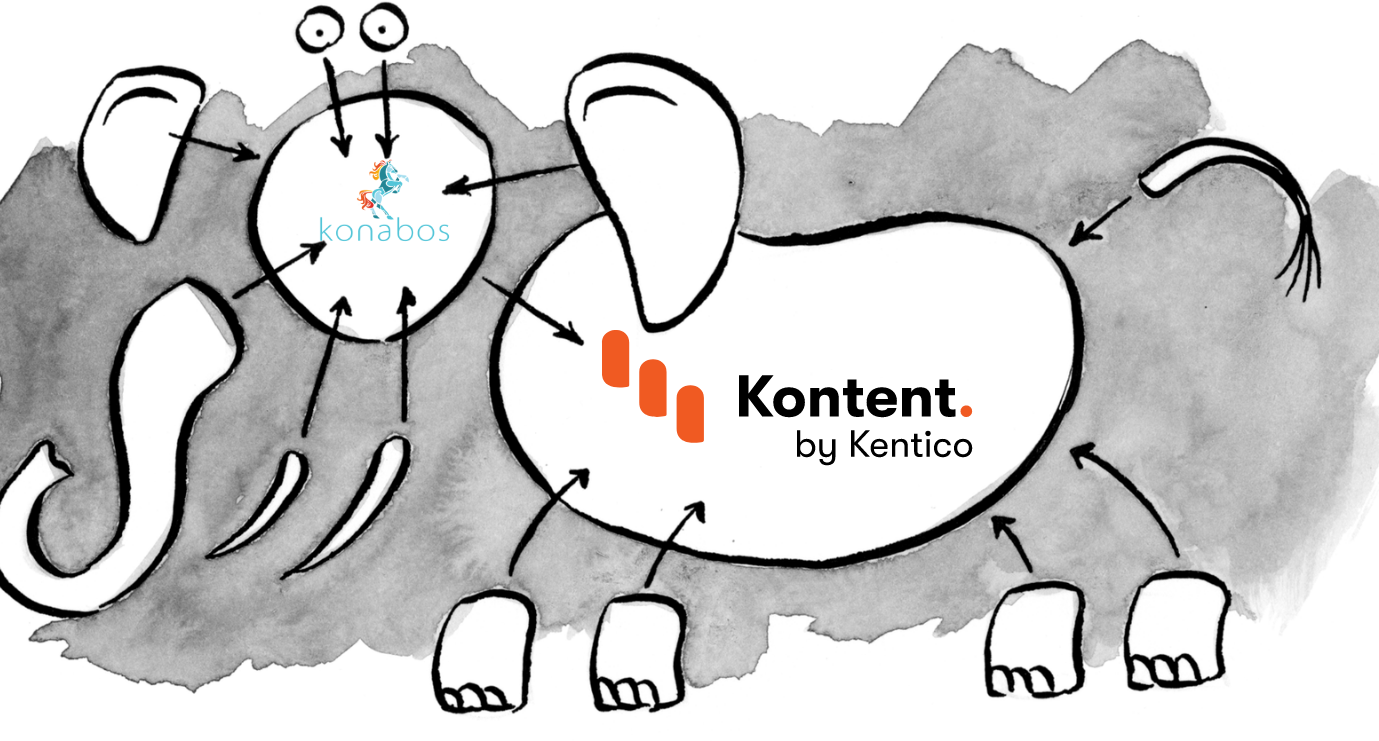Kontent by Kentico: Content Modeling
Akshay Sura - Partner
12 Jan 2022
In this video, we walk through the user interface of the Kontent Headless CMS and how you can start content modeling.
Transcript
Note: The following is the transcription of the video produced by an automated transcription system.
Hi, this is Akshay Sura from Konabos. Today, we'll be talking about content modeling, content modeling is pretty subjective. It's basically a way for you to define your content types so that you may store your data in reusable format. It's pretty subjective because based on the experience you have doing the content modeling, architecting other systems as well as the needs of the content authors as well as the customer, no two members can create the same content model. It'll be slightly different. Some might be too complicated. Some might be too simple. The goal is to find the right balance in setting up the content type, so it's not too difficult for the people who are entering and working with the content. At the same time, the information is set in the right way, so it's very reusable in the different systems your organization uses. So, content types almost like imagine a printing press. You're trying to print pamphlets, so you build a blueprint to print the pamphlet, which is the content type. And each time you press it against the paper to create a pamphlet, the pamphlet itself is a content item, so you have your content types which define what exactly is going to go into your content item. So, for instance, here in the sample project, we have a coffee content type, and in here, basically you can add guidelines as to how this can be used.
But as you can see, we're talking about a product name. What's its price? Give an image short, long description. You see a couple of these items called taxonomy, which we will get into shortly in a in an upcoming video. But you have basically attributes which form what you are calling a coffee content type. So, each time we use this content type to create a coffee item, we are defining, Hey, this is dark roast coffee. This is a coffee from India. This is coffee from South America. So, you're creating different content items. So, content types themselves are defined so that you can create content items with them. You can add additional attributes to them so you can group them using content groups, or you can have them in one long list. Having them in the long list makes it kind of difficult for you to use the content types because it's pretty lengthy you. It just gets cumbersome. The good way is for you to split those up into content groups. Another thing to notice is you see content type snippet over here and we will be talking about that in a in an upcoming video as well.
So, for this specific content type, if we used that specific content type, we can create different coffees. So, for instance, over here you can see the Brazilian coffee, the Colombian coffee and the Kenya coffee. If I go into one of them, what you can see is whatever we defined as the attributes of the coffee are going to be here. We are actually specifying the value for it value as in what is the product name, what is the price, the actual image and the different attributes which constitute it being a coffee? And then from an metadata perspective, you saw the snippet, but here the snippet actually gets added in as part of the content item, and it'll become more apparent once we start using the system when I can explain to you linked items as well as content snippets, but basically, we can specify the metadata for it, and this forms one coffee. Same with the other coffee items. We take a content type, create a content item of the type coffee, and we're able to specify different attributes for this specific coffee. I hope this was useful to you. Thank you again.
If you have any questions, please get in touch with me. @akshaysura13 on Twitter or on Slack.
Credit: The image was forwarded by a colleague of mine and I forgot to give it the credit it deserves initially. I am correcting it by including this credit. The image showed up in google images originating from https://alistapart.com/article/content-modelling-a-master-skill/ . Thank you for the article and the image.

Akshay Sura
Akshay is a nine-time Sitecore MVP and a two-time Kontent.ai. In addition to his work as a solution architect, Akshay is also one of the founders of SUGCON North America 2015, SUGCON India 2018 & 2019, Unofficial Sitecore Training, and Sitecore Slack.
Akshay founded and continues to run the Sitecore Hackathon. As one of the founding partners of Konabos Consulting, Akshay will continue to work with clients to lead projects and mentor their existing teams.


